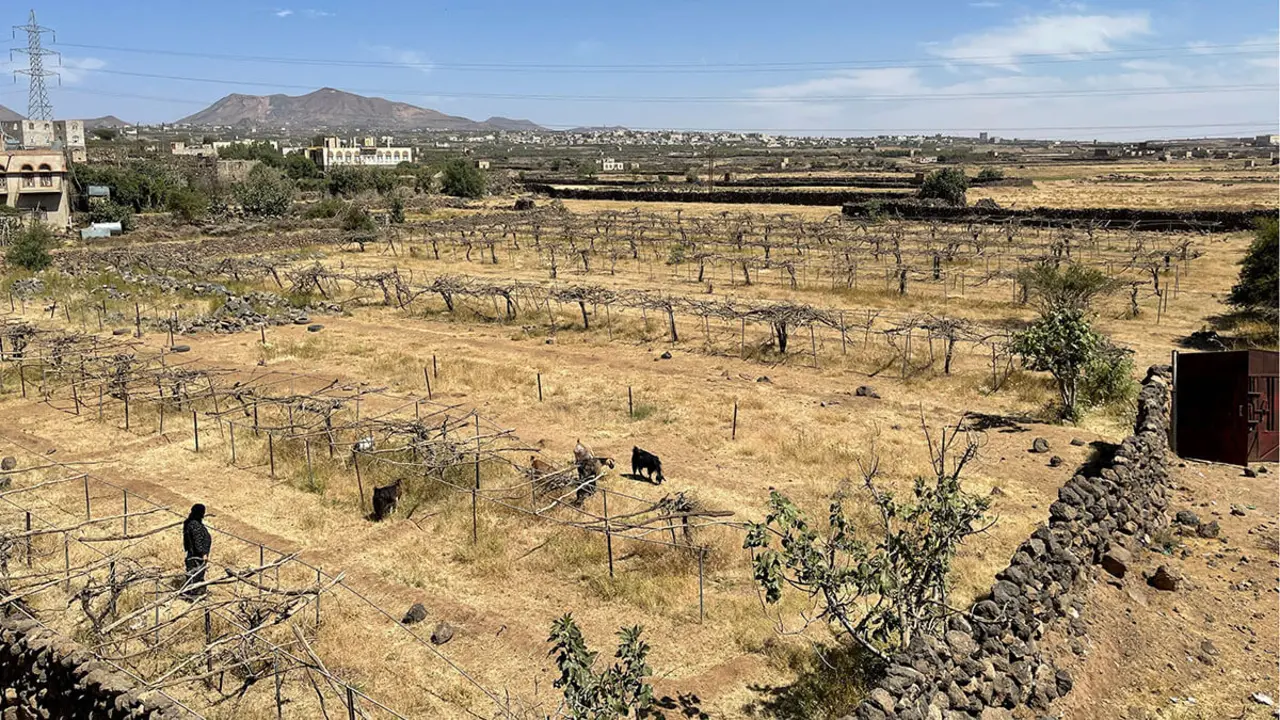Great fears in China over the resurgence of COVID-19 detected in Beijing

Concern is growing in the People's Republic of China over the major new outbreak of COVID-19 disease that has recently been discovered in the capital city of Beijing. Up to 106 new cases of coronavirus infection have been detected since last Thursday, which has led the authorities to increase control systems and epidemiological prevention to deal with this new outbreak of the infection, which had its original origin also in Chinese territory, in the enclave of Wuhan, and which has left hundreds of thousands of deaths and millions of people affected worldwide.
The new outbreak has appeared at the main food market in the Chinese capital and 106 cases of people infected so far have been officially recorded and will not be able to leave the Peking city. In the meantime, those who have done so should inform the relevant officials to decree the control status of their movements and their environment in order to prevent the virus from spreading.
Beijing's local leaders have limited movement to a maximum, and even banned taxis and other public service vehicles from leaving the city limits, as detailed by the Municipal Transportation Commission. The entity also announced "severe penalties" for those who violate this established regulation.
According to the Global Times, as many as 29 neighborhood communities around the affected market of Xinfadi and Yuquandong have been isolated, with their residents confined under strict lockdown and security measures to prevent further spread of the coronavirus. Up to 100,000 public service personnel are already monitoring more than 7,000 municipal areas for possible spread of the virus.
Health officials are testing everyone who has had contact with Xinfadi's main market in the capital, which has been closed since Saturday. And as many as 200,000 citizens who visited this space since May 30 have been questioned in visits to their homes or through calls and contacts on social networks, according to the Chinese state news agency Xinhua.

Up to 27 new cases of infection have been officially detected on Tuesday, bringing the number of people affected to over 100. Meanwhile, five more cases have been diagnosed in surrounding areas of Beijing such as Hebei and Sichuan provinces.
Cai Qi, secretary of the Beijing Municipal Committee of the Communist Party of China (CCP), confirmed that the capital is in "a critical situation" and that the tasks of control and prevention against the virus should be the "top priority", in the words of the state television channel CGTN. According to Cai, the city will guarantee supplies to meet the daily needs of residents and will penalize businesses that try to increase the prices of food goods by taking advantage of the situation.
China's Deputy Prime Minister Sun Chunlan said on Sunday that "resolute measures" should be taken to stop the spread of this new outbreak, as well as "strict epidemiological investigations" and "thorough tracing" to identify and control the source of infection.
He also called on Peking communities to "strictly" comply with prevention measures and to do everything possible to detect confirmed cases, suspects, patients with fever who might be carriers and close contacts, all aimed at establishing a quarantine for anyone who might be infected.

Therefore, there is a well-founded fear that there will be a second wave of coronavirus infections in China and that it may also become global, as was the case with the first terrifying appearance of the pathogen causing COVID-19 disease. In this scenario, massive testing and case control will be basic to prevent a new epidemic wave, something that could be more under control due to the greater knowledge that we already have about this scourge and the means that are already more prepared for this possible event, unlike the surprise and lack of foresight given to the outbreak months ago of the pandemic, which hit the entire planet hard.
It is now recognized with this new outbreak that the risk of spread is very high because of the number of people who could have been in contact with the points of the above mentioned markets and the movement of people that could have taken place. Although there is confidence in the greatest preparation of all for the first warning given by the coronavirus at its first appearance.
In China, it is suggested that the new outbreak of COVID-19 involves a completely different strain than the one that first broke out in Wuhan months ago. The Asian giant argues that this new version is linked to a strain from Europe, which has a different look to the initial one that appeared in the Asian country.

The virus was found on fish cutting boards in the aforementioned central market in Beijing and salmon was initially mentioned as a transmitter of COVID-19, something that has been ruled out by various experts, although people who handled this type of fish could have been infected. What the epidemiologists at the Chinese Center for Disease Control and Prevention do point out is that the virus found is different from the original version and that this would have to do with a mutation that probably comes from the European continent. Although several experts point out that the changes do not appear to have substantially altered the virus' ability to survive and cause infection. The important thing is to determine if there is a greater severity or health effect in the new infections and to compare the genetic sequences of the different strains. Some studies speak of a greater impact of the virus' modifications and others of a lesser impact. What is clear is that new infections must be controlled as much as possible in order to establish the necessary quarantines and avoid new contacts and infections that could favour the proliferation of this dangerous virus.








